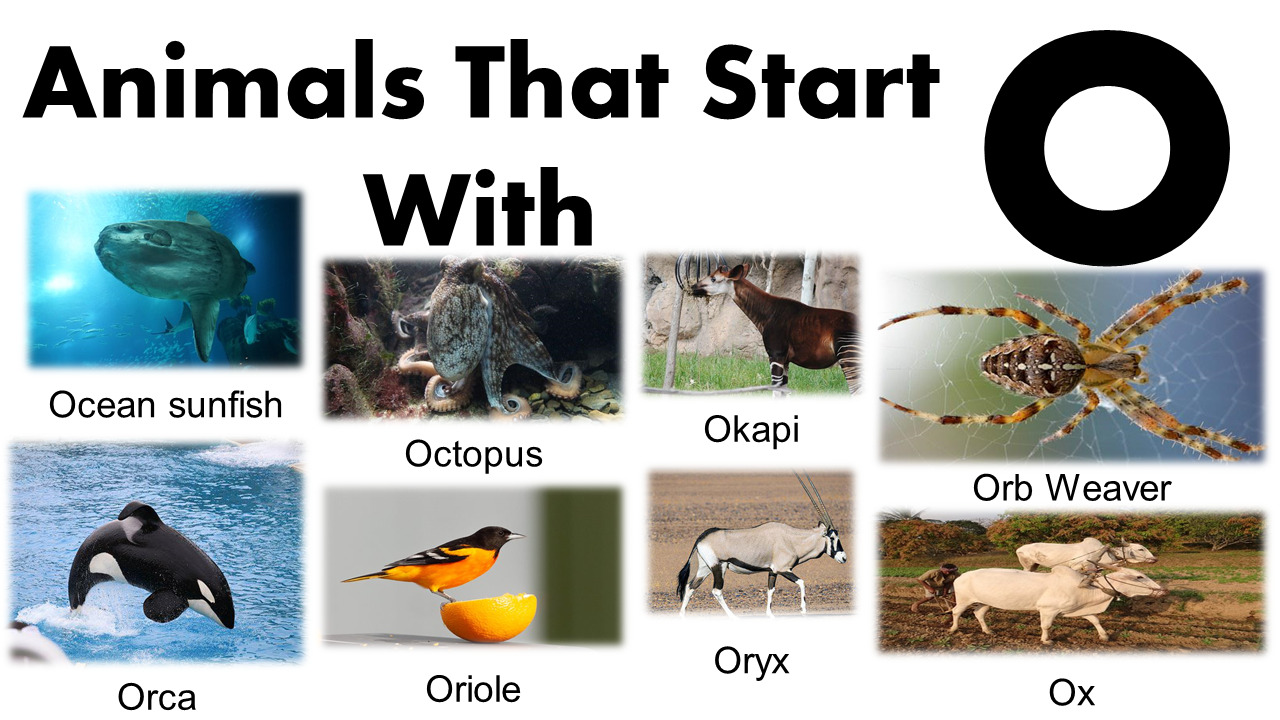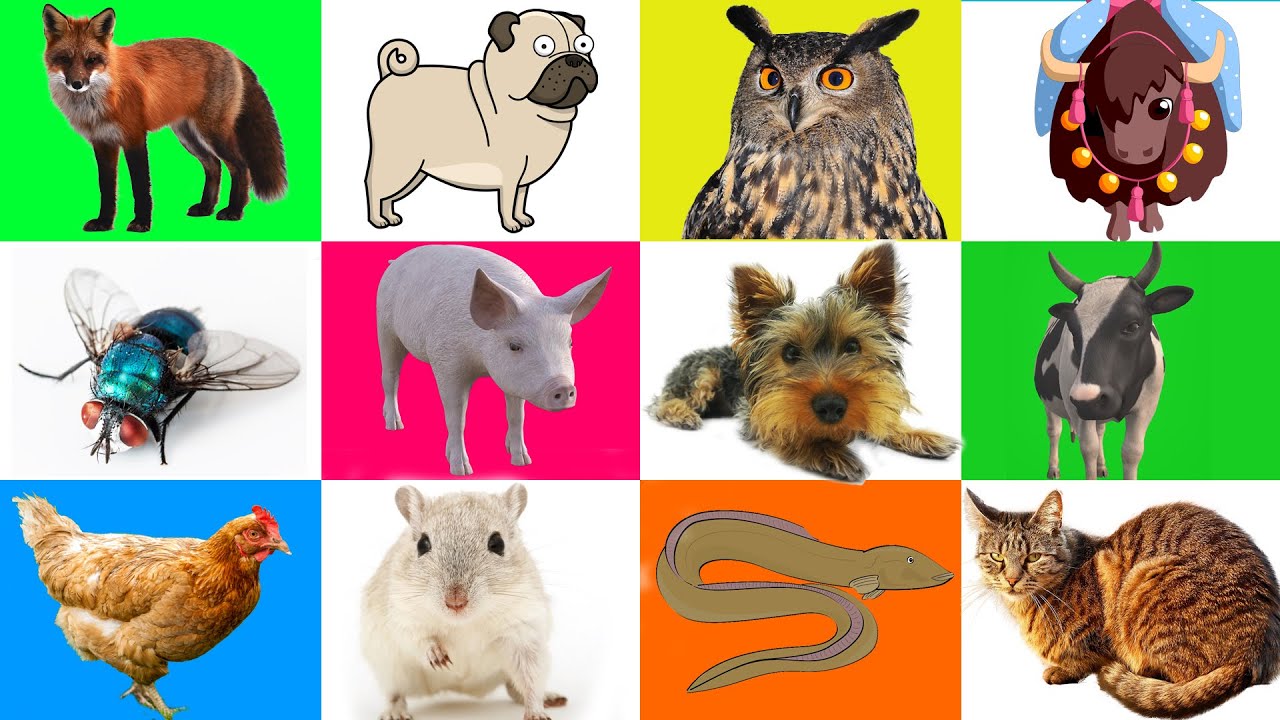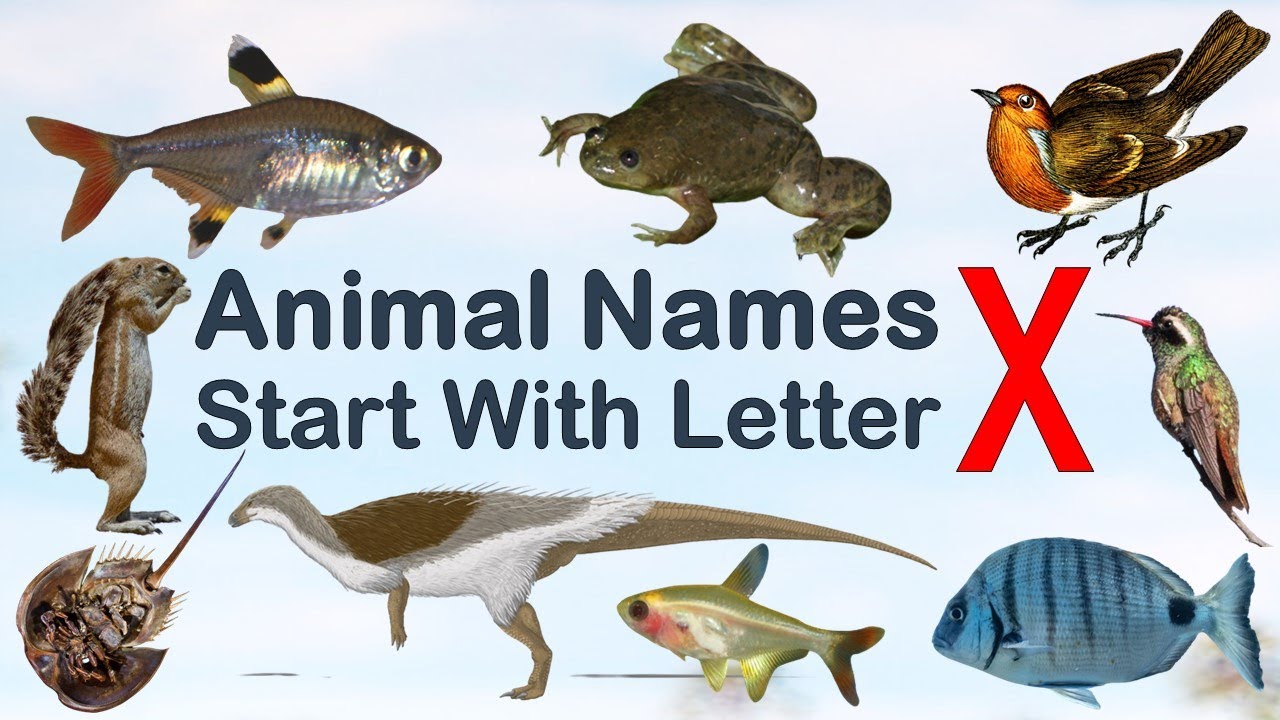

Education
Animals That Begin With The Letter Q
Published: February 14, 2024
Discover a variety of educational resources about animals that start with the letter Q. Engage and educate with fun facts, images, and more!
(Many of the links in this article redirect to a specific reviewed product. Your purchase of these products through affiliate links helps to generate commission for Noodls.com, at no extra cost. Learn more)
Table of Contents
Quail
Quails are charming, plump birds that belong to the pheasant family. They are known for their petite size, intricate feather patterns, and endearing bobbing motion as they scurry about. These delightful birds are found in a variety of habitats, including woodlands, grasslands, and agricultural areas across the globe. Quails are renowned for their distinctive "whistling" calls, which add a melodic touch to their natural surroundings.
Read more: Colors That Begin With The Letter M
Characteristics
Quails are characterized by their compact build, with rounded bodies and short, sturdy legs that enable them to navigate through dense vegetation with ease. Their plumage showcases a captivating blend of earthy tones, including mottled browns, grays, and whites, which serves as effective camouflage in their natural habitats. These birds possess a remarkable ability to take flight swiftly when threatened, utilizing their agile wings to evade potential dangers.
Behavior and Diet
These endearing birds are primarily ground-dwellers, foraging for a diverse array of seeds, insects, and small invertebrates. Their omnivorous diet contributes to the ecological balance within their ecosystems, as they play a vital role in controlling insect populations. Quails are known for their social nature, often forming tight-knit coveys to forage and roost together. Their communal behavior fosters a sense of unity and protection within their groups, enhancing their chances of survival in the wild.
Symbolism and Cultural Significance
In various cultures, quails hold symbolic significance, representing traits such as courage, unity, and familial bonds. Their distinctive calls and resilient nature have inspired folklore and artistic expressions, symbolizing perseverance and the pursuit of harmony. Additionally, quails have been revered in culinary traditions, with their flavorful, tender meat being a prized delicacy in many cuisines.
Conservation Status
While quails are resilient and adaptable, they face environmental challenges due to habitat loss and human activities. Conservation efforts aimed at preserving their natural habitats and raising awareness about their ecological importance are crucial for ensuring the continued thriving of these enchanting birds.
Quails captivate the hearts of nature enthusiasts and birdwatchers alike, embodying a harmonious blend of beauty and resilience within their petite frames. Their presence enriches the tapestry of diverse ecosystems, underscoring the significance of safeguarding their habitats for future generations to cherish and admire.
Read more: Flowers That Begin With The Letter ‘Z’
Quetzal
The resplendent quetzal, revered for its breathtaking beauty and cultural significance, holds a hallowed place in the lush forests of Central America. This iconic bird, known for its resplendent emerald plumage and elongated iridescent tail feathers, captivates the imagination of all who are fortunate enough to witness its ethereal presence.
Enigmatic Elegance
The quetzal's striking appearance is a testament to the wonders of nature, with its iridescent green plumage shimmering like a precious gem amidst the verdant canopy. The male quetzal, in particular, boasts a resplendent crest and cascading tail feathers that evoke a sense of regal grandeur. Its captivating beauty has inspired indigenous legends and modern conservation efforts, cementing its status as a symbol of natural splendor.
Habitat and Behavior
These majestic birds are inhabitants of cloud forests, where they navigate the dense foliage with remarkable agility. Their preference for high-altitude habitats, characterized by mist-shrouded canopies and abundant epiphytes, reflects their affinity for pristine, undisturbed environments. Quetzals are known for their elusive nature, often concealing themselves within the foliage as they feed on fruits, insects, and small reptiles. Their haunting calls resonate through the forest, adding an enigmatic allure to their already mystical presence.
Cultural Reverence
In ancient Mesoamerican civilizations, the quetzal held profound cultural significance, symbolizing freedom, prosperity, and the divine. Revered as the embodiment of goodness and light, the quetzal's iridescent feathers were coveted for ceremonial regalia, signifying the bird's revered status. Even today, the quetzal remains a national symbol in countries such as Guatemala, where its image adorns currency and serves as a source of national pride.
Conservation Imperative
Despite its revered status, the quetzal faces threats due to habitat loss and illegal poaching. Conservation initiatives aimed at preserving the integrity of cloud forests and combating illicit wildlife trade are essential for safeguarding the quetzal's future. By raising awareness about the ecological importance of these enigmatic birds, conservationists strive to ensure that future generations can marvel at the resplendent beauty of the quetzal in its natural habitat.
The quetzal's enigmatic allure transcends mere aesthetics, embodying a profound connection between cultural heritage and ecological stewardship. Its presence serves as a poignant reminder of the intrinsic value of preserving biodiversity and the irreplaceable wonders of the natural world.
Queen Snake
The Queen Snake, scientifically known as Regina septemvittata, is a captivating species of non-venomous snake that inhabits the eastern regions of North America. Renowned for its slender physique and distinctive markings, the Queen Snake exudes an understated elegance that harmonizes with its natural surroundings. This species is celebrated for its remarkable aquatic prowess, often found in close proximity to freshwater habitats such as streams, rivers, and creeks.
Physical Attributes and Behavior
The Queen Snake's physical characteristics are a testament to its adaptability and specialized lifestyle. With a slender body adorned with a series of dark stripes running along its olive-brown back, this species exhibits a striking yet understated appearance. Its streamlined form facilitates seamless navigation through aquatic environments, where it displays remarkable agility in pursuit of its preferred prey, freshwater crayfish. The Queen Snake's adeptness at capturing crayfish, a staple of its diet, underscores its role as a vital component of the aquatic ecosystem.
Habitat and Ecological Significance
The Queen Snake's affinity for freshwater habitats is a defining aspect of its ecological niche. It thrives in environments characterized by clear, flowing water, where it can be observed basking on rocks or submerged branches. These serene settings provide an abundance of crayfish, the primary sustenance for the Queen Snake. As an indicator species, the presence of Queen Snakes serves as a barometer of the health of freshwater ecosystems, highlighting the interconnectedness of species within these vital habitats.
Conservation Considerations
Despite its ecological significance, the Queen Snake faces challenges stemming from habitat degradation and human encroachment. Efforts to preserve and restore the integrity of freshwater ecosystems are essential for safeguarding the Queen Snake's habitat and ensuring its continued presence in the wild. By raising awareness about the importance of maintaining balanced aquatic ecosystems, conservation initiatives strive to secure a sustainable future for the Queen Snake and the myriad species that rely on healthy freshwater habitats.
The Queen Snake's understated allure and ecological importance underscore the intricate tapestry of biodiversity within North America's freshwater ecosystems. Its graceful presence serves as a poignant reminder of the delicate balance that sustains these vital habitats, inspiring a collective commitment to preserving the natural splendor of the Queen Snake's aquatic realm.
Quokka
The quokka, hailed as the "happiest animal on earth," is a small marsupial renowned for its endearing appearance and perpetually cheerful countenance. This enchanting creature, scientifically known as Setonix brachyurus, is indigenous to the pristine landscapes of Western Australia, where it thrives in a mosaic of coastal scrub and eucalyptus forests. The quokka's affable nature and photogenic charm have garnered widespread admiration, making it an iconic symbol of joy and resilience in the animal kingdom.
Natural Habitat and Behavior
Quokkas are predominantly found on the idyllic islands off the coast of Western Australia, with Rottnest Island being a renowned sanctuary for these affable marsupials. Their natural habitat encompasses a diverse range of environments, including dense vegetation, sandy dunes, and coastal heathlands. Despite their diminutive size, quokkas exhibit remarkable adaptability, demonstrating a preference for nocturnal activity to evade the scorching heat of the day. Their omnivorous diet consists of native plants, fruits, and occasional insects, sustaining their energetic disposition and contributing to the ecological balance of their habitats.
Endearing Demeanor and Cultural Significance
The quokka's perpetually cheerful expression and friendly demeanor have earned it the endearing moniker of the "world's happiest animal." Their seemingly perpetual smile, attributed to the unique curvature of their mouths, has captivated the hearts of wildlife enthusiasts and photographers alike. In the age of social media, quokkas have become internet sensations, with their photogenic poses and seemingly joyful disposition captivating audiences worldwide. This widespread adoration has elevated the quokka to the status of a cultural icon, symbolizing optimism, resilience, and the simple joys of life.
Conservation Status and Challenges
While the quokka's charismatic appeal has endeared it to countless admirers, this endearing marsupial faces conservation challenges stemming from habitat loss and human encroachment. Efforts to preserve the integrity of their natural habitats and mitigate the impact of human activities are crucial for ensuring the continued thriving of quokka populations. Conservation initiatives, including habitat restoration and public awareness campaigns, play a pivotal role in safeguarding the future of these beloved marsupials.
Ecotourism and Responsible Interaction
The allure of encountering these delightful creatures in their natural habitat has led to the rise of ecotourism initiatives aimed at promoting responsible interaction with quokkas. Visitors to designated quokka habitats are encouraged to appreciate these marsupials from a respectful distance, minimizing disturbances to their natural behaviors. By fostering a harmonious coexistence between humans and quokkas, ecotourism endeavors contribute to the conservation of these iconic marsupials and the preservation of their unique island ecosystems.
A Symbol of Resilience and Joy
In the heartwarming visage of the quokka, we find a symbol of unwavering resilience and unbridled joy. Their presence serves as a poignant reminder of the inherent beauty of the natural world and the profound impact of harmonious cohabitation. As ambassadors of optimism and vitality, quokkas inspire a collective commitment to preserving their habitats and celebrating the simple pleasures that define their exuberant existence.











